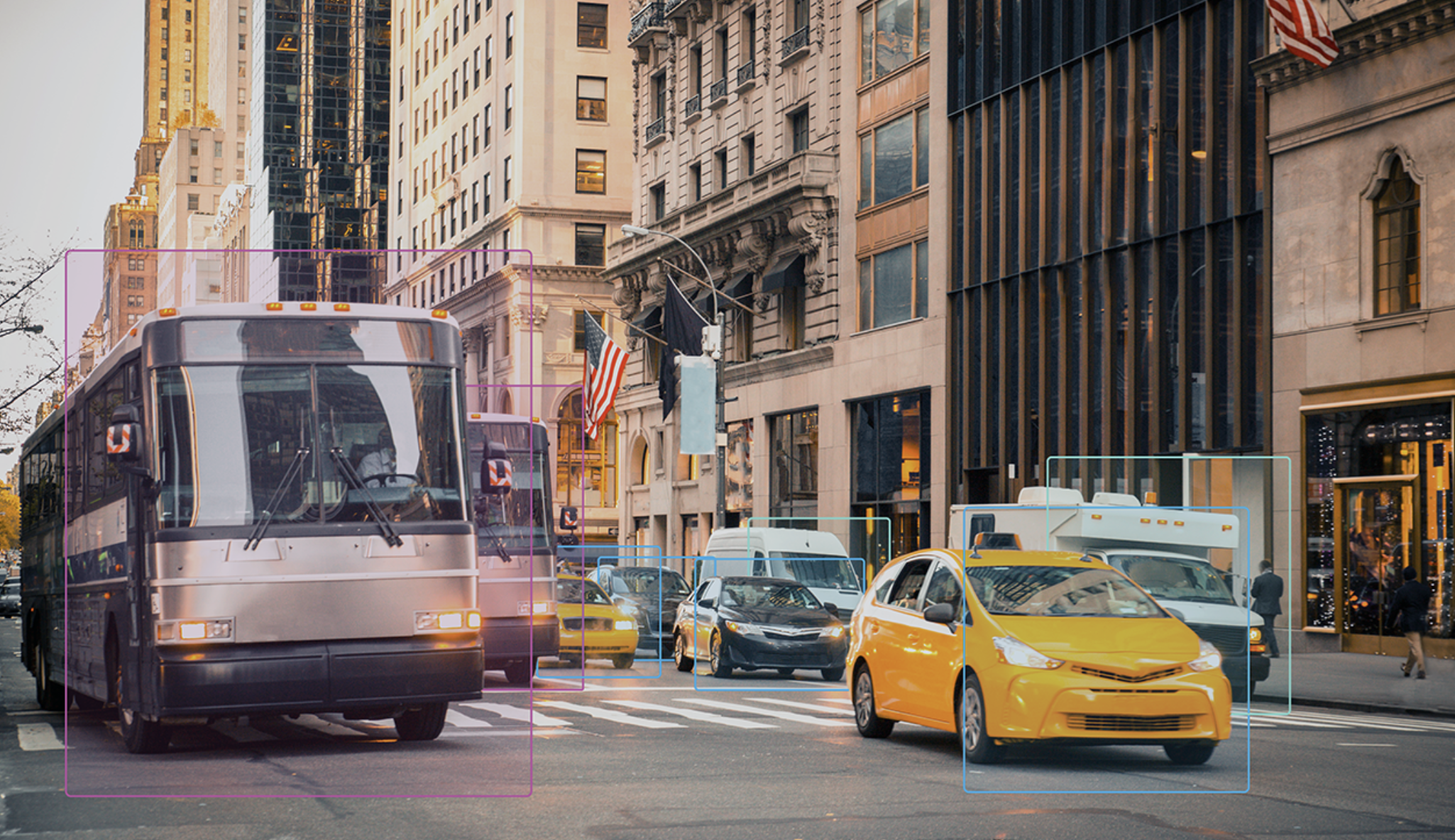
A third-grader was hit on her way to school here two weeks ago.

You have to move fast to beat the turning traffic on Fourth Avenue.
DOT Deputy Commissioner for Brooklyn Dalila Hall faced some tough questioning from members of the public at a meeting on pedestrian safety on Third and Fourth avenues in Brooklyn on Saturday.
"Why should we have to run across the street?" demanded Melissa Torres, whose daughter attends PS 24 in Sunset Park, near the busy intersection of 38th St. and 4th Ave.
Sometimes running isn't enough. A third-grader was hit by a car two weeks ago as she crossed at the spot, where vehicles roar down a ramp off the Gowanus Expressway and make a left turn right into a crosswalk on Fourth Avenue.
That girl survived the crash, but Third and Fourth avenues have been fatally dangerous streets for many children -- like six-year-old Andry Vega, who was run over at the corner of Third Ave. and 46th St. last December, and four-year-old James Rice, who was struck and killed at the corner of Third Ave. and Baltic St. in February.
They were just two of the fatalities that showed up as blue crosses on the map of the Third and Fourth avenue corridor at the back of the auditorium -- interspersed with many, many red circles indicating crashes that resulted in pedestrian injuries.
The meeting, organized by the Community Education Council for District 15, was designed to give the public a chance to voice their concerns directly to DOT officials and to police. And the parents, teachers and students who attended made the most of it, requesting traffic-calming measures and better enforcement for specific intersections, like the one at 38th and Fourth.
According to Transportation Alternatives' Brooke DuBose, who made a presentation at the meeting, several residents marked trouble spots on the map, and representatives from Community Board 7 and the offices of various elected officials expressed interest in following up the meeting with further workshop and planning opportunities.
Representatives of the 72nd and 78th precincts, which cover the area, said that truck enforcement is a priority. In the 72nd, according to Sgt. Alfredo Rosario, summonses for trucks are up 50 percent over this time last year. He welcomed the input from the community on specific dangerous intersections. "It's actually very helpful to us," he said after the meeting.
Several of those present wanted more immediate action from the DOT to make crosswalks safer. "When a kid gets killed here, god forbid, then they'll do something," said Raymond Mercado, who lives around the corner from PS 24 and has two children in the school. He said he constantly sees near-misses as kids travel on the traffic-filled streets.
He and others wondered if the DOT needed to study the situation.
But the DOT's Hall said a new study, with all the time and money that entails, wasn't necessary. The completion of the Downtown Brooklyn Traffic Calming Report in 2004, she said, had been "seminal" for the agency. "It really brought traffic calming into the agency and made us think about streets in a different way," said Hall. Now, when the agency becomes aware of danger spots on streets, she said that they are dealt with in a different way. "Our toolbox has grown," said Hall.
That toolbox, she said, now includes traffic-calming measures like leading pedestrian intervals for lights at crosswalks, which allow pedestrians to get out ahead of cars and be more visible. She pledged to look into installing such an interval at the corner of 38th and Fourth.
But considering the DOT's record of implementing the traffic-calming proposals called for in the report, some in the audience were skeptical. Jim Devor, a Carroll Gardens resident, said he is still waiting for a promised neckdown to be installed at the corner of Smith St. and Second Pl., where he lives. And he suggested that because the Third and Fourth avenue corridor is home to many low-income residents, safety there is a low priority for the city.
"I don't think the accident data we have would be acceptable on First and Second avenues in Manhattan," said Devor. "The prioritizing of traffic over children is not acceptable."
The DOT's Hall countered, "The agency's priority is safety."
Photos: Sarah Goodyear





